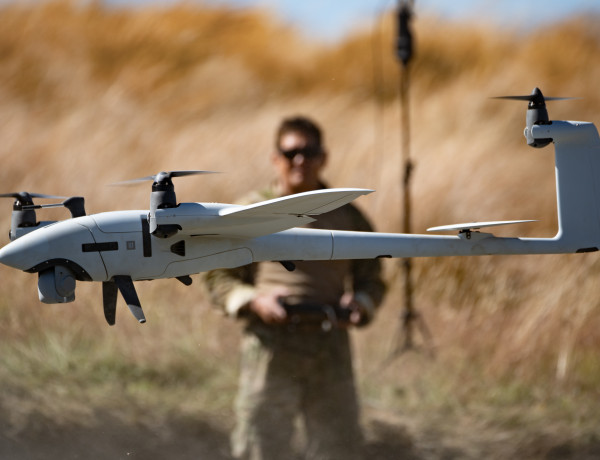The Network Enabled Army (NEA) Programme is moving the New Zealand Army’s communications, planning and intelligence functions to modern, fast, and secure digital-based technologies and systems.
In an increasingly volatile world facing rapid technological change, the NEA Programme is focused on providing front-line soldiers and commanders with modern warfighting capabilities, which will enhance their combat capability and situational awareness on the contemporary battlefield.
The equipment, training and supporting infrastructure being delivered by the NEA Programme enables deployed personnel to make faster, more accurate decisions through the use of real-time information, and secure voice and data communications. For example, new digital technologies are replacing planning charts and 3D terrain models.
The equipment procured by the NEA programme ensures NZ Army personnel can communicate securely with Navy and Air Force personnel, as well as other government agencies and international partners - whether they are in New Zealand, the Pacific, or further afield.
The NEA programme is being rolled out in phases, so new capabilities can be gradually introduced, expanded or updated over time.
This multi-phase approach ensures there are regular opportunities to trial new equipment, train soldiers and evaluate progress.
Some of the equipment used by personnel is more than 20 years old and requires replacement or upgrading.

